In the nineties, Accenture struggled to keep women in executive positions. One theory was that women who left the firm did so to devote their time to parenting. But when they did the research, they found women were leaving to take equally demanding jobs. So, if it wasn’t the pull of family, why did women leave? Looking closer at the dwindling female talent pool, they saw something swirling beneath the surface: moments of incivility.
Here’s one way it showed up. Accenture’s informal mentoring focused on navigating office politics – whom to align with to represent you for promotions, and how to manage what others thought of you. One bit of advice was to make sure you were “heard.”
Being heard was a challenge at Accenture. During meetings, it was common to interrupt the speaker. Women found that others, including women, spoke over each other – verbally jostling to hold the floor. In fact, to avoid being spoken over in meetings, one very powerful and petite executive developed a strategy: she stood and up and circled the room while making her point. It worked, and she encouraged other women to do the same.
At many companies, incivility shows up as “throwing people under the bus.”
Recently, a friend of mine stumbled upon her direct supervisor and their Vice President deriding the quality of her work. When my friend brought it up, the supervisor invited her to drinks, begged her not to quit, and said it was a “misunderstanding” and “wasn’t personal.”
How about piñata-style management? This is when a manager believes that if they batter their people, good things might fall out. Another friend recently worked with an executive who sat back in every meeting, waiting to take a swing when the moment was right. Sometimes she yelled; sometimes she was snarky. She was known for asking questions out of left field simply to throw a person off. Yes, people did perform out of fear. But they also criticized, sabotaged, and quit in equal measure.
Christine Pearson, Lynne Andersson, and Christine Porath say what sets these experiences apart from other workplace hazards is ambiguity. Their definition of incivility is “low-intensity deviate behavior with ambiguous intent to harm… (and a) violation of workplace norms for mutual respect.”
So, incivility is not only pervasive, it’s elusive. The perpetrator can credibly deny the behavior, call it a misunderstanding, or blame the tension on the weak character of the target. It’s vague, slippery, and—because people get away with it—it builds over time.
But are discomfort and unhappiness the only down sides? No. Harmful behavior spurs people to leave organizations. And, for people who stay, the sheer energy it takes to live with incivility harms productivity.
Here’s the difficult part as a leader. You probably don’t see it.
That’s because the perpetrators are often high performers who are good at managing up. And the targets often don’t want to cause trouble. If you do see it, or you have a sense that something is off, know that it’s permeating your organization. To root out incivility, a leader must look a few levels lower and use an instrument stronger than a typical employee satisfaction survey.
Fortunately, our academic friends have figured out a way to measure it concretely. See if trouble shows up when you conduct this survey by Lilia Cortina and her colleagues.
The Workplace Incivility Scale (WIS-10)*
During the past year, were you ever in a situation in which any of your supervisors or co-workers:
1: Never 2: Once or Twice 3: Sometimes 4: Often 5: Many Times
| 1 | Paid little attention to your statements or showed little interest in your opinions. | 1 2 3 4 5 |
| 2 | Doubted your judgement on a matter over which you had responsibility. | 1 2 3 4 5 |
| 3 | Gave you hostile looks, stares, or sneers. | 1 2 3 4 5 |
| 4 | Addressed you in unprofessional terms, either publicly or privately. | 1 2 3 4 5 |
| 5 | Interrupted or “spoke over” you. | 1 2 3 4 5 |
| 6 | Rated you lower than you deserved on an evaluation. | 1 2 3 4 5 |
| 7 | Yelled, shouted, or swore at you. | 1 2 3 4 5 |
| 8 | Made insulting or disrespectful remarks about you. | 1 2 3 4 5 |
| 9 | Ignored you or failed to speak to you (e.g., gave you the “silent treatment”). | 1 2 3 4 5 |
| 10 | Accused you of incompetence. | 1 2 3 4 5 |
| 11 | Targeted you with anger outbursts or “temper tantrums.” | 1 2 3 4 5 |
| 12 | Made jokes at your expense. | 1 2 3 4 5 |
| 13 | Ignored or excluded you from professional comradery.* | 1 2 3 4 5 |
| 14 | Put you down or was condescending to you.* | 1 2 3 4 5 |
If you find your team trending toward uncivilized behavior, take the following steps:
- Label it. Uncivilized behavior happens because the perpetuator can deny it. Don’t let them. Words have power. Is someone being condescending? Call it out. Are they rolling their eyes? Tell them you see it. You will remove their ability to deny and start to create accountability.
- Define the behavior you want. It’s easy to talk about respect, but how does that look in your work environment? You might have people share, anonymously, the behavior they would like to see. Then take action — make the best suggestions part of business as usual. A number of colleagues who left 1990’s Accenture have told me they would still be there if someone had acknowledged their contribution. What a shame. If the firm had heard that feedback and translated it into an expected behavior, they might have retained those A-players.
- Don’t tolerate it. You get the culture you tolerate. When you see it, stop it in the moment. And here’s the hard part – if your repeat offender is a critical contributor and/or high performer, you must let them go. They are hindering the team’s performance even while they are convincing you to rely on them. When I have done this, I have found the team’s performance improves significantly. And I’ve had colleagues ask me, “Why didn’t you do this sooner?”
Creating a civil work place is not simple, because it requires intention and confrontation. It’s uncomfortable, but it’s well worth it. Your people will spend less time focused on office politics and more time on the performance and creative solutions you want from them.




